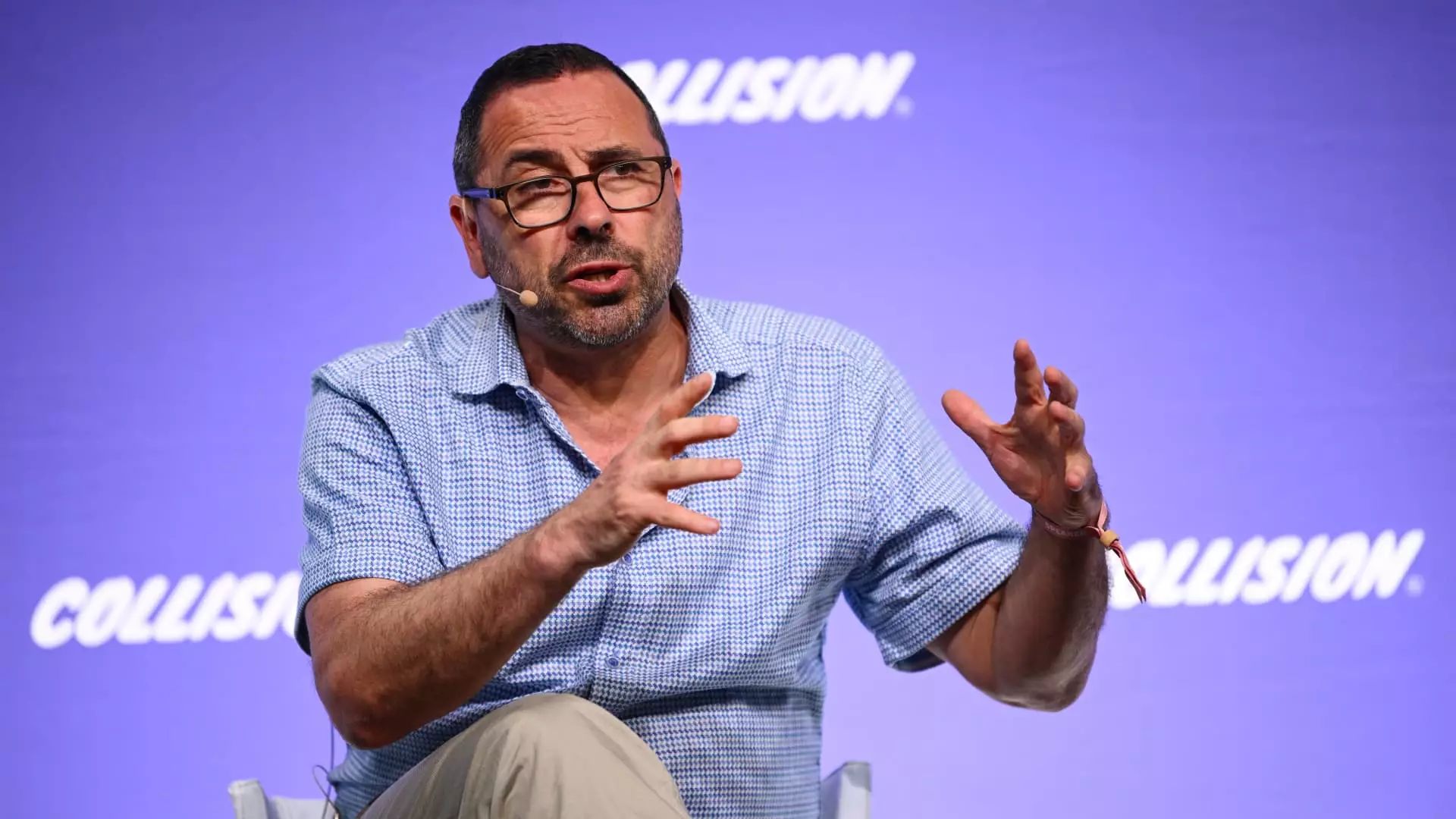Cerebras Systems, a promising entrant in the artificial intelligence (AI) semiconductor landscape, has taken a significant step forward by filing for an initial public offering (IPO). The character and ambitions of Cerebras are evident in its decision to pursue a listing on the Nasdaq under the ticker symbol “CBRS.” The company’s founding in 2016 has marked a determined journey towards establishing itself as a formidable competitor against industry giants like Nvidia, which has long dominated the AI chip segment with its advanced graphics processing units (GPUs). As the AI ecosystem continues to expand rapidly, Cerebras aims to carve out its niche by offering unique technologies and a competitive product lineup.
At the heart of Cerebras’s strategy is its flagship product, the WSE-3 chip. This hardware promises significant enhancements over Nvidia’s H100 chip, boasting a greater number of processing cores and expansive memory capabilities. What sets Cerebras apart, however, is not merely the chip’s performance specifications; it is the sheer size of the chip itself, which is designed to optimize AI workloads more efficiently compared to standard alternatives. Beyond hardware sales, Cerebras has launched cloud-based services that leverage its specialized computing clusters. This dual approach of hardware manufacturing and service provision positions Cerebras to meet the diverse demands of its clientele.
Despite a vigorous drive to innovate, Cerebras has faced financial hurdles, showcasing a net loss of $66.6 million over the first half of 2024 against $136.4 million in sales. This loss contrasts with the same period the previous year when losses were slightly steeper at $77.8 million with only $8.7 million in sales. The trajectory indicates that while revenue is on the rise, the company is incurring higher operating expenses, primarily due to increased personnel costs to bolster revenue-generating efforts. Cumulatively, their efforts have not yet translated into profitability, as reflected in their overall financial results for 2023—a staggering net loss of $127.2 million on revenues of $78.7 million.
The financial landscape is further complicated by the competitive environment within the AI chip market, which is becoming increasingly crowded. Companies like Amazon, Google, and Microsoft have made strides in developing proprietary AI chips. Notably, Cerebras has indicated that its significant revenue dependence on Group 42, an AI firm in the UAE aligned with Microsoft, reflects the precariousness of its market position, which accounted for a whopping 83% of its last year’s revenue. This heavy reliance on a single client underscores risks surrounding revenue stability.
Cerebras has acknowledged its vulnerability to potential supply chain disruptions, particularly regarding production partnerships with the Taiwan Semiconductor Manufacturing Company (TSMC). Such risks are particularly pronounced in the semiconductor industry, where geopolitical factors, trade policies, and natural disasters can heavily influence output. Herein lies an essential dilemma: how Cerebras can scale while mitigating these operational risks amidst fierce competition from established players who possess more substantial resources and established market footholds.
The company has recognized other competitors beyond the giants, such as AMD and Intel, demonstrating its awareness of the multi-faceted challenges it must navigate. The competitive landscape is further complicated by custom application-specific integrated circuit developments and numerous start-ups that target specific niches within the broader market. Cerebras must, therefore, not only ensure its current products stand out, but also consistently innovate to remain relevant.
The broader technology IPO market in 2024 has been tepid, largely attributable to rising interest rates compelling investors to favor less risky, profitable assets. However, Cerebras’s path forward may be buoyed by strategic commitments, most notably a $1.43 billion purchase commitment from Group 42 set to conclude by March 2025. With influential venture capital firms backing Cerebras—such as Foundation Capital and Eclipse Ventures—there is a sense of confidence in its potential despite ongoing losses.
Moreover, the recent reduction in interest rates by the Federal Reserve has elicited a favorable response in the tech-heavy Nasdaq Composite index, potentially positioning Cerebras favorably as it approaches public offering. While Cerebras Systems is strategically poised to emerge as a noteworthy player in the AI chip sector, it faces significant challenges that will demand astute management and continuous innovation to thrive and fulfill its ambitions in the public market.


Leave a Reply